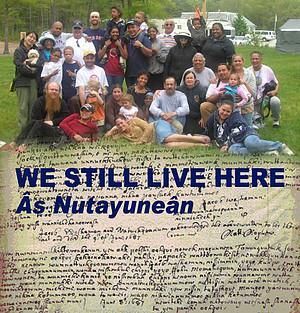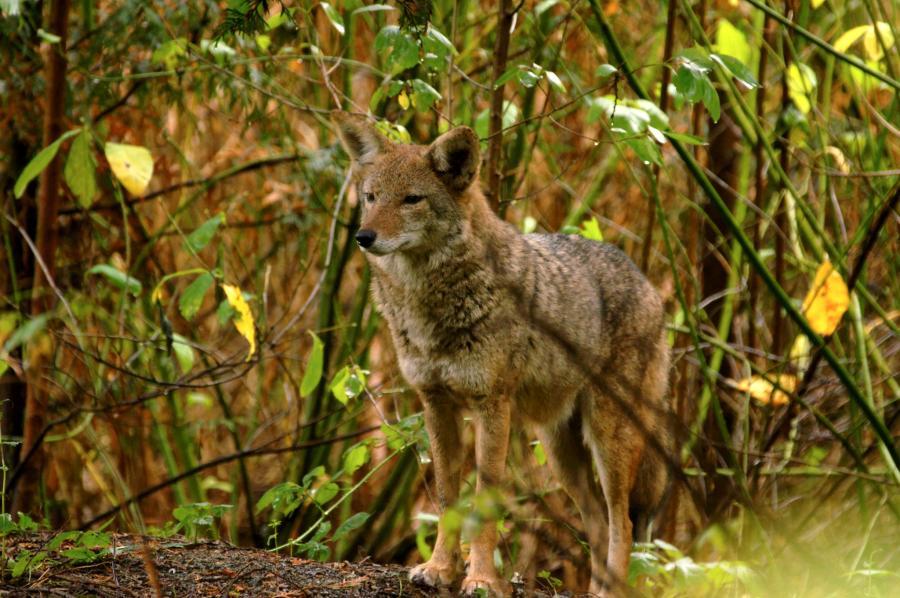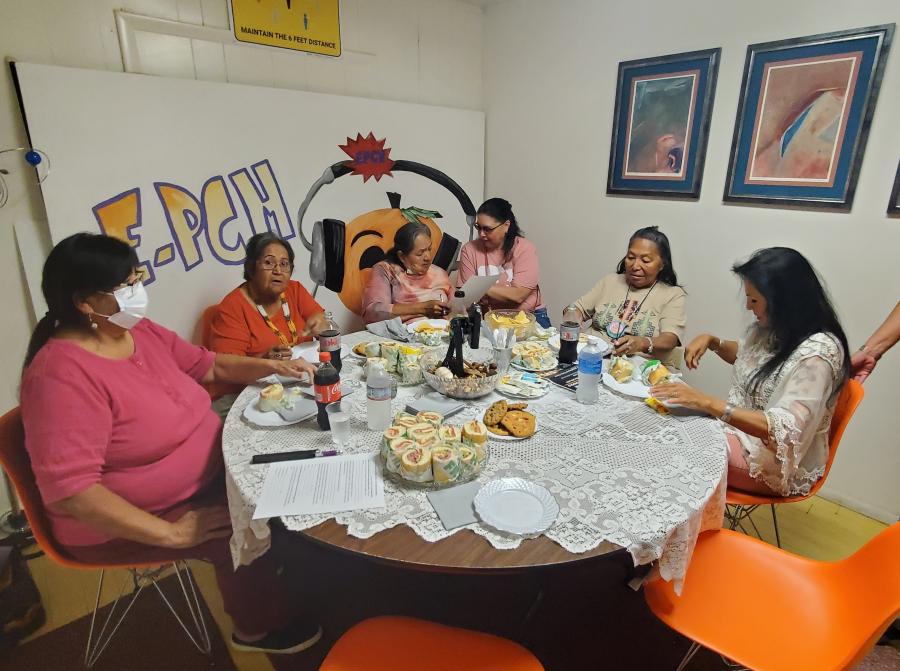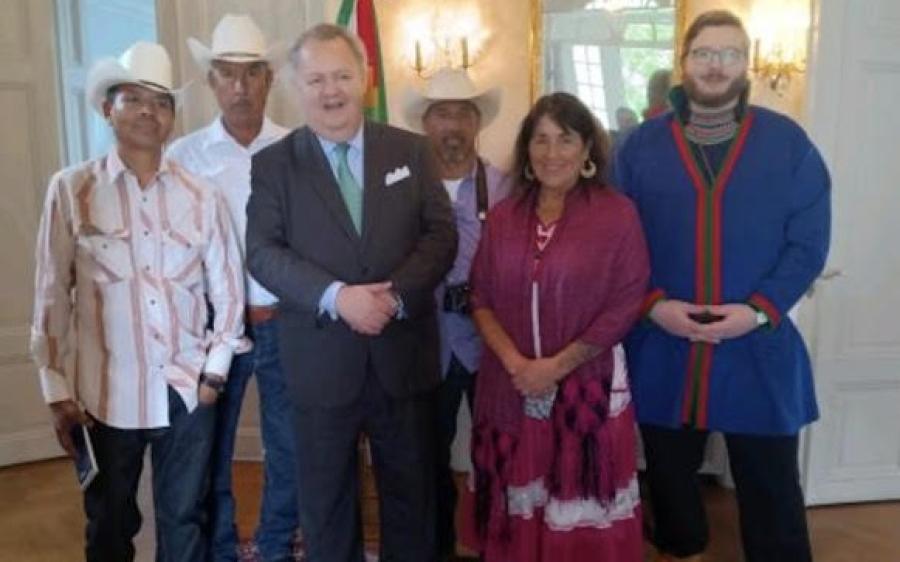
We Still Live Here: Âs Nutayuneân, the story of the Wôpanâak Language Reclamation Project’s journey to bring their language home again, will inspire audiences this month at the Martha’s Vineyard Film Festival and the Environmental Film Festival in our Nation’s Capitol.
Members of the Wôpanâak Language Reclamation Project also hosted local screenings of Âs Nutayuneân this month in the tribal communities of Mashpee and Aquinnah, Massachusetts. Project director and linguist Jessie Baird, numerous WLRP teachers, students, supporters, and leadership from the Wampanoag nation appear in the documentary, which was filmed over the course of three years in the tribal communities of Aquinnah, Assonet, Herring Pond, and Mashpee on Cape Cod and Martha’s Vineyard, at Plimoth Plantation in Plymouth, Massachusetts, and in Cambridge and Boston.
Directed by filmmaker Anne Makepeace, the documentary will air on PBS and internationally on ITVS in late 2011. A portion of the proceeds from the film will benefit Cultural Survival's Endangered Languages Program, which helped produce the documentary. The Wôpanâak Language Reclamation Project is a partner and advisor to Cultural Survival. To order a copy of the film visit Makepeace Productions online.
Âs Nutayuneân also uses animation to portray some of the root causes of Indigenous language loss in early New England, including widespread epidemics and the enslavement and court-mandated indenture of Native children in English households—sometimes for more than 20 years. Original documents from New England town and state archives and early missionary publications draw viewers into the the complex history of the first American Indians to use an alphabetic writing system and to adopt English conventions of recording in writing land transfers, deeds, will, petitions, and letters.
By the mid-1800s, language shift to English had overtaken Indigenous languages in much of New England, but tightly knit communities and intertribal social, political, and family networks remained, as well as local institutions of tribal governance and traditional leadership positions. Since 1993, through the efforts of WLRP, the Wampanoag language has been revived in the home of Mashpee Wampanoag tribal citizen Jessie Baird, project director, and through WLRP’s master-apprentice project, community-based classes, and annual language immersion camps for families.
Read more about the Wampanoag language in the Cultural Survival Quarterly.



